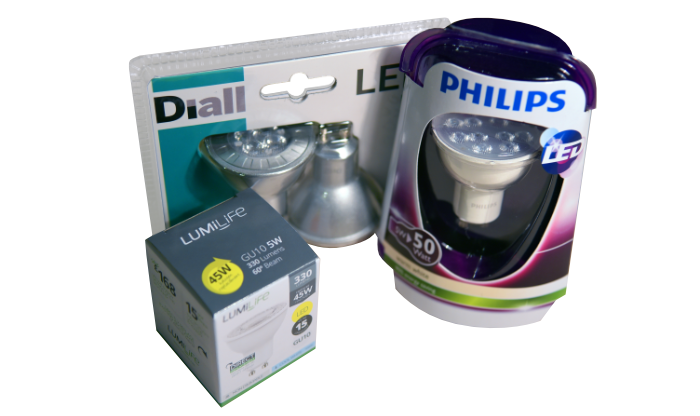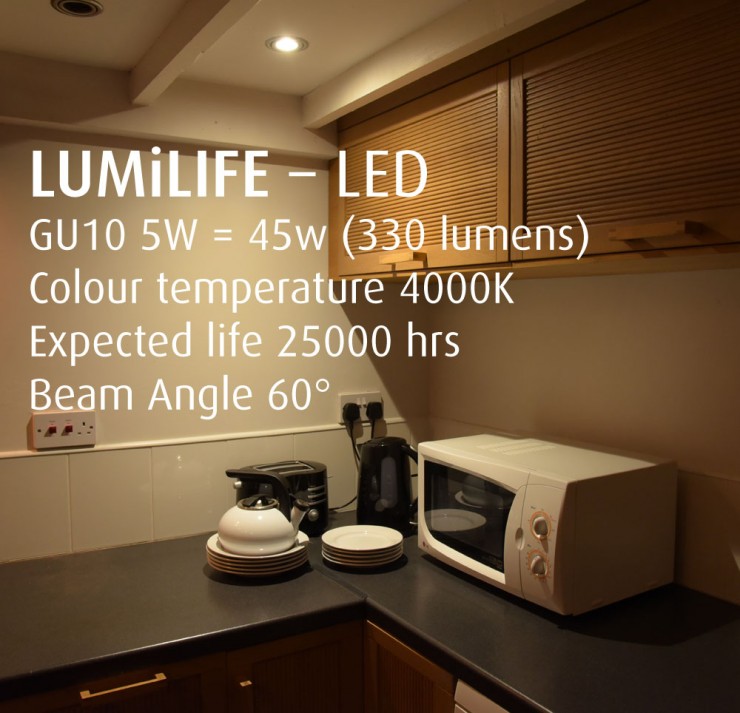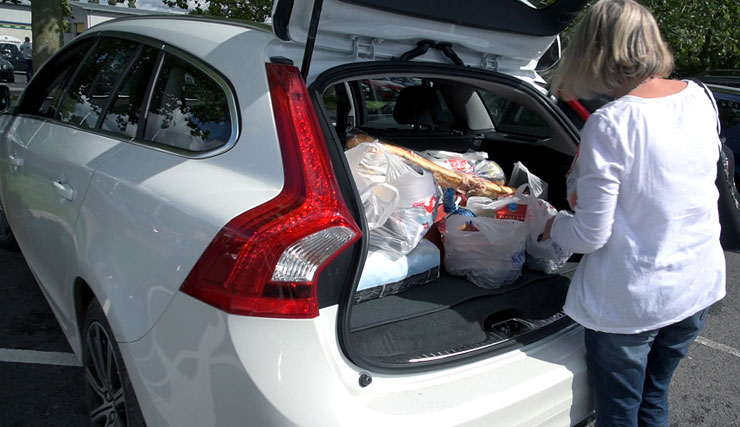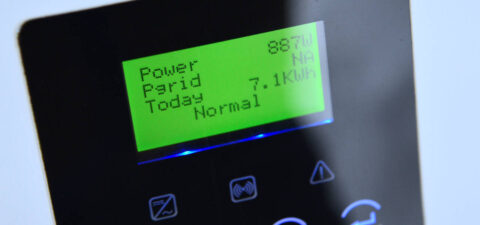So Green Deal, the Government’s big attempt to get households to cut their emissions, has ended up costing us £17,000 for each home that signed up. And worse still the reduction in CO2 is negligible. No surprise there. Well-intentioned maybe, but misguided and to me the maths just didn’t add up.

Green Deal ran from 2013 to mid-2015, at a cost of £240 million. The idea was that people could get a loan to pay for energy efficiency improvements to their home, such as ground source heat pumps, double glazing, photovoltaics or improved insulation. These loans would then be paid back through their electricity bill, with the promise that they would never pay back more than they were saving. So, for example, if cavity wall insulation was set to save a householder £200 in a year, that would be the most they’d pay towards the loan that year.
As regular readers will know, I’ve had issues with the Green Deal since the start. It always seemed like an initiative that was doomed to fail. Don’t get me wrong, some of the thinking behind it made sense. Enabling people to spread the cost of energy efficient and renewable solutions over time is a great idea. Early birds were even offered a cashback ‘sweetener’ of up to £1000.
However, Green Deal didn’t cover lighting or appliances. The running costs of electricals, such as fridges, freezers, washing machines etc, accounts for around 20% of a home’s energy bill. There are big CO2 savings to be made by switching to more energy efficient models. When money is tight, however, it can be difficult to justify replacing an old washing machine or fridge freezer with a more efficient one, even if it could save money in the long run. Offering people the chance of a Green Deal loan spread over a few years could really have helped people to upgrade.
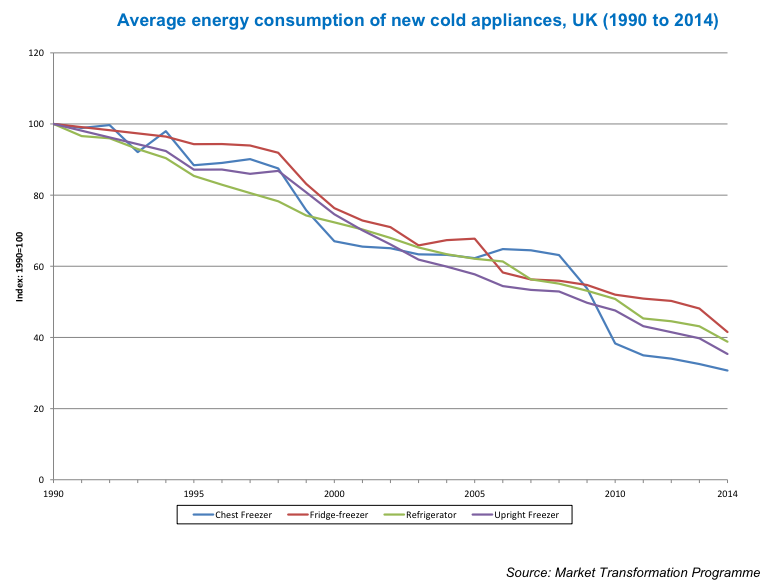
Lightbulbs could also have been included. Replacing all the old halogen bulbs in someone’s home with LED ones wouldn’t cost that much, and a scheme whereby you could be sent the bulbs and pay for them over a few years out of your electricity bills, could have proved very popular.
And that cashback offer would have made more sense if the government had used the £1000 to offer homeowners additional ways to make their homes more energy efficient. They could have been offered a choice of free loft insulation, double glazing for two windows, or scrappage scheme for old white goods with vouchers to spend on super energy efficient appliances and lightbulbs, for example.
See what your electricals cost to run
There was also no real encouragement for people to make any changes to the way they run their homes. There’s little point in installing loft insulation if you then leave the heating on when you go out for the day, or constantly have the thermostat set higher than it needs to be.
One of my main gripes is that Green Deal didn’t do enough to help those in fuel poverty. Instead it focused on people who could afford to borrow the money needed to improve their home.
It just wasn’t sexy enough, I mean, who wants to take out a 25 year loan for something as dull as loft insulation? And the loans were attached to homes, rather than the owners. While that sounds good in principle, imagine telling a potential seller, “Yep the double-glazing is four years old, but you’ll need to pay for it through your electricity bills for the next 21 years.
In all, the scheme wasn’t fully thought out and there was little real incentive for people to bother taking it up. (In the end, only 14,000 homes benefited.) The National Audit Office (NAO) report criticised the Government for failing to test the Green Deal sufficiently with householders, before it launched. Yet they knew that even when loft insulation was installed free uptake was low. Amyas Morse, head of the NAO, said: ‘The Department [of Energy and Climate Change] now needs to be more realistic about consumers’ and suppliers’ motivations when designing schemes in future to ensure it achieves it aims.’
Perhaps that is why they are taking so long to come up with a replacement scheme. Meanwhile – we all Twitter whilst the planet burns! Do you agree, or are you one of the 14,000 homeowners who benefited? Leave a comment below, or Tweet me @Sust-it.
